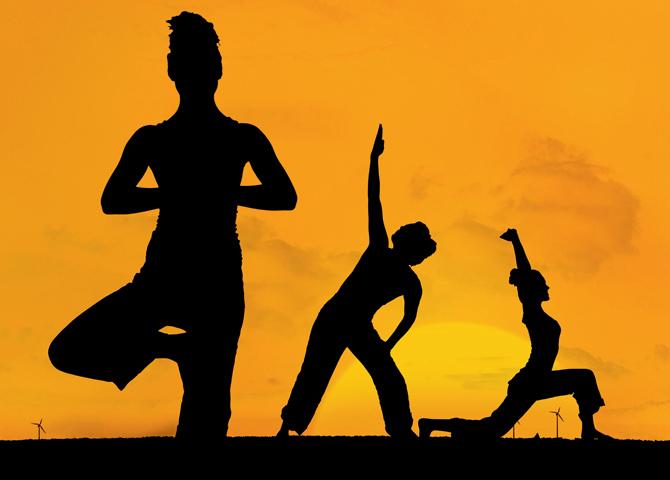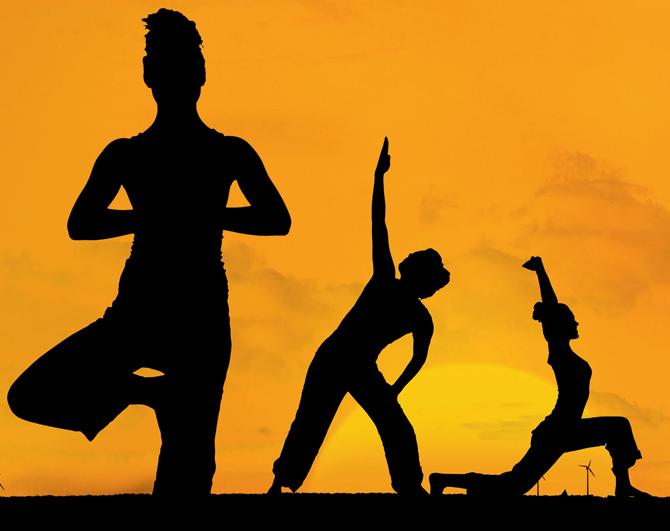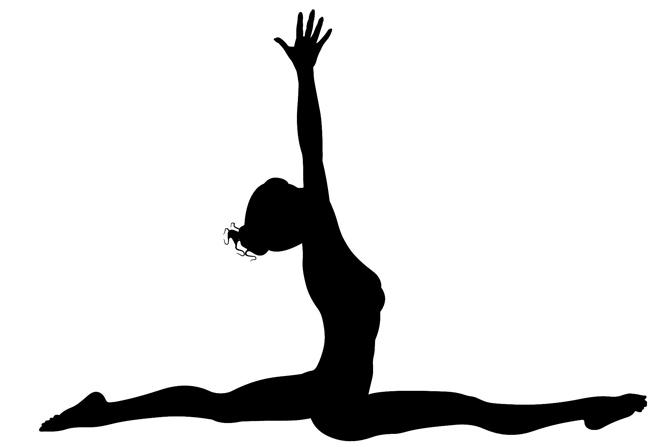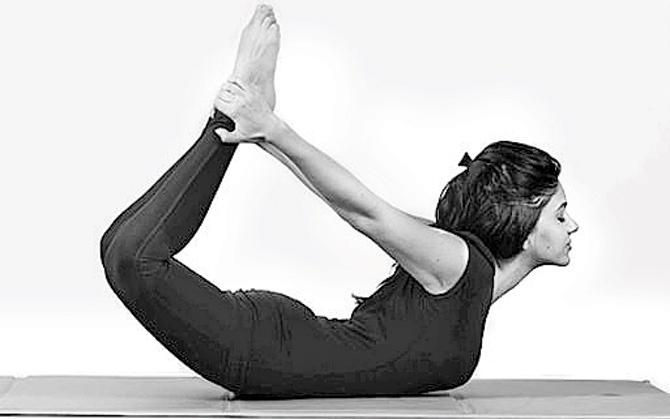As all of India appears to be gearing for June 21, it's vital to realise that yoga needs to be practised correctly, especially if it's a first-time attempt. the guide invited some of Mumbai's most trusted yoga experts to share dos and don'ts to help ensure a glitch-free experience

Yoga

Yoga is a popular activity for athletes, children, and seniors, and can be modified to suit all levels of fitness. It has been proven to lower blood pressure and increase strength and flexibility.
ADVERTISEMENT

Yoga energises our bodies and calms our minds and is all about creating balance in the body through developing both strength and flexibility. This is done through the performance of poses or postures, each of which has specific physical benefits.

ALWAYS REMEMBER
>> Never work out on a heavy stomach
>> Yoga is best done two hours after breakfast and four hours after lunch
>> When you start following the workouts there is a possibility that you may initially feel a certain amount of dizziness. This is common among people who do not exercise regularly. This happens due to the toxins that are eliminated from the body in the form of sweat your body will get use to this its normal.
>> Drink at least four to five litres of water in a day.
>> There should be a break of at least 10 seconds between each asana in the sequence
>> Stretch before and after the exercises, even if for a few minutes.
>> Never overstretch the body while doing any asana and do it with absolute ease, focusing on your breathing.
>> After any workout, maintain a gap of 45 minutes before a meal or any food.

Payal Gidwani Tiwari performs the Dhanurasana, beneficial for back aches
AGE GROUPS
>> Children
When practiced from a young age, it helps one become agile both mentally and physically, improves concentration, focus, and stamina and also alters one's persona. It is very important for school children to practice yoga and make it part of their lives. But it is also very important to guide them and ensure that they are doing every asana correctly. One of the most important aspects of yoga is conscious breathing. While performing every asana one needs to keep this in mind. This is something school children need to be taught about yoga. Kids are very flexible and fearless about falling, so their poses must be dynamic and exciting. But it needs a very strong asana-oriented teacher. Kids must not do static poses for too long, especially those below eight years, because their muscles are still developing. Also, breath-retention is not advisable.

>>Below 8 years
Asanas and breathing can be incorporated into playful activities in a casual manner from the age of six. They would enjoy doing Adho Mukha Savasana, Sashankasana, Bhujagasana etc.
>>Above 8 years
Psychologists have identified the eighth year as an age where abstract reasoning starts taking back seat and understanding of concepts, morals and ideas come to the fore. Children should be guided into puberty through suryanamaskar and light breathing techniques. From puberty, the child should be introduced to major asanas and basic pranayamas as the body is better equipped to handle these. The asanas and pranayamas need to be designed accordingly to channelise their energy and handle the hormonal changes.
>> While introducing yoga to children in the six to 11-years age bracket, it should be done in a fun way. Here, yoga class can be happy and musical, games, stories and animal postures can be used wherein they learn and as well as improve their flexibility, concentration power, mental stress
and stamina.
>> Adults
It is crucial for everyone to know his/her body well and respect it. As one ages the body goes through several stages of transformation and it is imperative that one recognises the same and performs asanas that will not cause injury. It is important to assess the current lifestyle of the individual and accordingly suggest a practice routine. An adult can perform hatha yoga postures, if fit, but will be restricted to simple asanas if he leads a sedentary lifestyle (in the beginning, until the body is ready for advancement).
>> Senior citizens
People who are 65 years and above roughly fall into the senior citizen category. This is another stage of life where the body undergoes tremendous changes. There is loss of muscle mass, flexibility, aerobic capacity etc. It is very important to do a pre-health screening to make sure that there is no major medical problem. Based on the analysis, one should be suggested different asanas and pranayamas. Another segment that needs extra attention at this stage of life is Neuro Muscular Coordination, which can be improved by practicing any set of asanas but practicing balancing postures will have an
added advantage.
The best part about any (yoga) asana is that it can be modified. Adults as well as senior citizens can start with basic classical postures slowly and graduate on to advanced postures.
INJURIES
After a certain age, most people complain of knee and back pain. So, it's always advisable to start early and perform asanas that help strengthen these areas. It's important to give one's body complete rest in case of any severe injury. One must allow oneself to heal completely and only then go back to exercising. Often, people tend to neglect such injuries and continue to work out which only worsens the injury.
>> Neck-back-shoulder
Neck and back forms part of the spine. The spine's flexibility, however, varies from place to place. Starting with the neck, the cervical region is mobile. While performing any posture involving movement of the neck, it is important to either align the neck with the rest of the vertebra or allow it drop down with gravity, as the posture may require. This has to be a gradual and calculated movement. We miss this point and end up performing hurriedly and without control. The already mobile area and lack of muscular involvement leads to bouts of injuries. The thoracic region below the cervical area does not permit much movement, as the rib cage is too rigid. Hence, this part of back is not susceptible to many injuries. The region which again comes under scrutiny, as far as injury is concerned is between T12 and S1 — an area associated with most of our lifestyle problems of back pain, slip disc, back spasm, sciatica etc. The main reasons attributed to these are weak core, weak back and postural misalignment due to hours of sitting and constant forward bending. The lower back, because of having greater mobility, ends up taking most of the stress.
>> Shoulder
The shoulder joint is a ball and socket joint. However, unlike the hip joint (another ball and socket joint), the fit is not very deep and tight in case of the shoulder joint thus allowing greater mobility to the shoulder. The job here is to stabilise the joint but we use this mobility to perform an asana in a casual manner and use it for weight bearing, which is not recommended. As per American College of Sports Medicine, there is a 15% loss in shoulder flexion from the age of 30 years to 70+ years. A simple arm raise done slowly, with complete muscular involvement, will help resolve lot of issues here.
Inputs: Yoga experts Payal Gidwani Tiwari, Shammi Gupta, Nupur Biswas and Shameem Akhtar
 Subscribe today by clicking the link and stay updated with the latest news!" Click here!
Subscribe today by clicking the link and stay updated with the latest news!" Click here!







